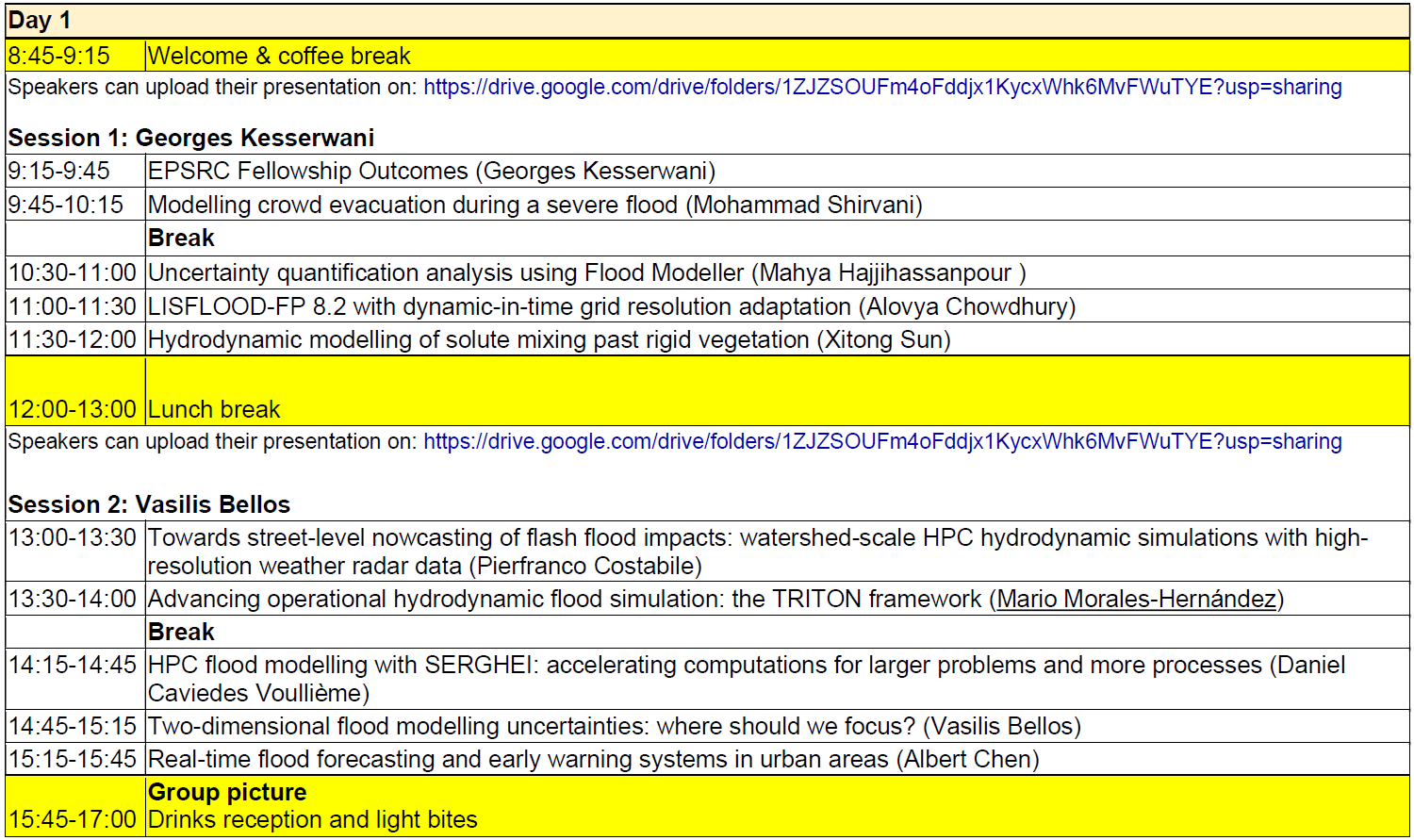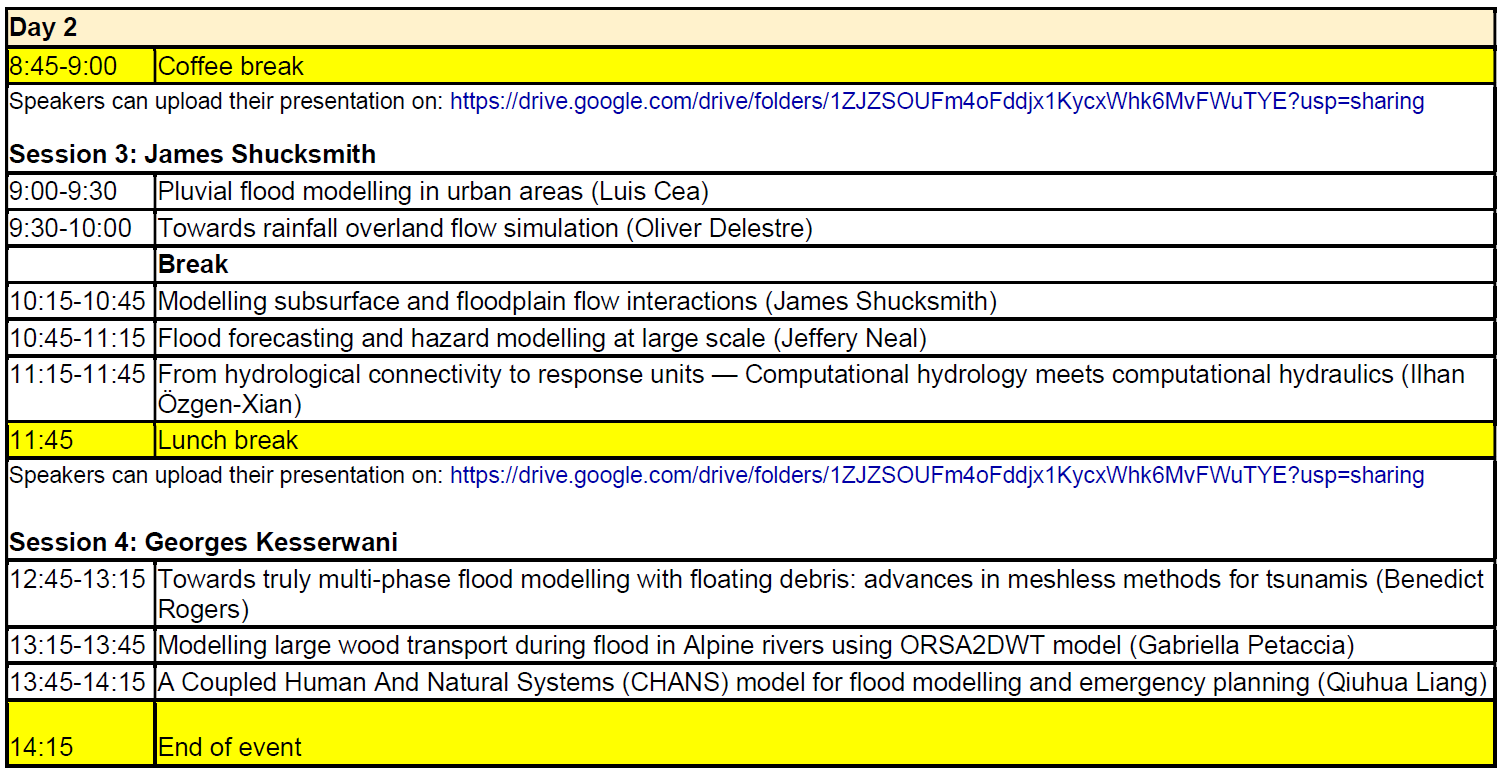SEAMLESS-WAVE

SEAMLESS-WAVE is a developing “SoftwarE infrAstructure for Multi-purpose fLood modElling at variouS scaleS” based on "WAVElets" and their versatile properties. The vision behind SEAMLESS-WAVE is to produce an intelligent and holistic modelling framework, which can drastically reduce iterations in building and testing for an optimal model setting, and in controlling the propagation of model-error due to scaling effects and of uncertainty due statistical inputs.
The Wave, 2 Whitham Road, Sheffield, S10 2AH
Registration: Closed (event has now taken place).
Recorded workshop presentations
Flood modelling and forecasting are core parts of flood risk management. The last decade has seen rapid advances in the development of efficient and flexible flood simulation frameworks for applications ranging from river-reach up to the global scales.
Flood modelling uses two-dimensional hydrodynamic simulators with as much complexity as needed, depending on the length of the spatial (kilometre to submeter) and temporal (day to microsecond) scales and on the level of detail in the outputs. Complex simulators can be useful to capture the details of the hydrodynamic processes involved in application at river-reach and neighbourhood scales. However they are computationally expensive and are unlikely to outperform simplified simulators for large-scale fluvial/pluvial applications.
Flood forecasting is affected by multiple sources of uncertainty that need to be efficiently quantified and reduced. Uncertainties stemming from observational and forcing data, model parameters, the initial state of the system, and flood model structure can affect the overall accuracy. Still, it is challenging to have a general and efficient framework to identify the relevant uncertainty sources and how their joint effects impact the output flood-related probability distributions.
This two-day event presented recent research developments and discussed research findings and questions, covering fundamental, computational and applied aspects of flood modelling and forecasting. It provided a unique forum for research students, academics, flood-related researcher developers and practitioners to discuss latest research and future needs, over an excellent networking opportunity.
The event included presentations by experts in the field, which are listed in the programme below.


